What you can grow in containers or grow bags depends upon what size containers / grow bags you use, but, here is a list of what can grow well in grow bags / containers.
- Bush beans (5-gallon/19 L): ‘Contender’, ‘Purple Queen’, ‘Tendercrop’, ‘Topcrop’.
- Pole beans (7-gallon/25 L): ‘Kentucky Wonder’.
- Beet (7-gallon/25 L): ‘Bull’s Blood’, ‘Early Wonder’, ‘Golden Detroit’, ‘Ruby Queen’.
- Broccoli (7-gallon/25 L): ‘Decicco’
- Brussels sprouts (7-gallon/25 L): ‘Long Island Improved’
- Cabbage (7-gallon/25 L): ‘Early Jersey Wakefield’, ‘Copenhagen Market’, ‘Danish Ball-head’.
- Carrot (7-gallon/25 L): ‘Chantenay’, ‘Little Finger’
- Cauliflower (7-gallon/25 L): ‘Early Snowball’
- Corn (10-15 gallons): ‘Stowell’s Evergreen’, ‘Country Gentleman’
- Cucumber (7-gallon/25 L): ‘Bushcrop’, ‘Spacemaster 80’, ‘Marketmore 76’.
- Eggplant (7-gallon/25 L): ‘Black Beauty’,‘Rosa Bianca’.
- Garlic (4-gallon/15 L): Ask supplier for advice on varieties. See suppliers for potatoes below.
- Kale (4-gallon/15 L): ‘Dwarf Blue Curled Vates’, ‘Dwarf Siberian’, ‘Lancinato’.
- Lettuce (4-gallon/15 L): ‘Buttercrunch’, ‘Salad Bowl’, both do great, but really pretty much any lettuce can grown in containers.
- Melons (10-gallon/38 L): ‘Hearts of Gold’, ‘Honey Rock’, ‘Minnesota Midget’
- Mustard (4-gallon/15 L): ‘Florida Broad Leaf’, ‘Southern Giant Curled’, ‘Tendergreen’.
- Okra (7-gallon/25 L): ‘Dwarf Long Green Pod’.
- Onion (10-gallon/38 L): ‘Barletta Pearl’, ‘Evergreen White Bunching, ‘Walla Walla’, ‘Crystal White Wax’.
- Peas (7-gallon/25 L): ‘Cascadia’, Oregon Sugar Pod’, ‘Super Sugar Snap’(with support for the Super Sugar Snap).
- Pepper (7-gallon/25 L): ‘California Wonder’, ‘Cupid’, ‘Jungle Parrot’, ‘Long Red Cayenne’.
- Potato (7-gallon/25 L): ‘All Blue’, ‘Fingerling’, ‘Kennebec’, ‘Red Norland’, ‘Yukon Gold’, We don’t carry these, but here are 2 good sources: https://irisheyesgardenseeds.com/product-category/certified-seed-potatoes/ or https://www.mainepotatolady.com/shop-online/
- Pumpkin: (10-15 gallons): ‘Small Sugar’
- Radish (5-gallon/19 L): ‘Cherry Belle’, ‘French Breakfast’, ‘Watermelon’; winter radishes: ‘China Rose’
- Spinach (4-gallon/15 L): ‘Long Standing Bloomsdale’
- Squash (15-gallon/57 L): ‘Black Beauty Zucchini’, ‘Sweet Dumpling’, ‘Delicata‘, ‘Waltham Butternut‘, ‘Early Prolific Straightneck’, ‘White Bush Scallop’.
- Sweet Potato (25- to 50-gallon/95-189 L): ‘Beauregard’, ‘Bayou Belle’. We do not carry these, But again, please see links above for potato sources. 🙂
- Swiss Chard (4-gallon/15 L): ‘Rainbow Mix’, ‘Fordhook Giant’.
- Tomato (7-10-gallon/25 L): ‘Bramdywine’, ‘Tumbler Cherry’, ‘Chadwick’s Cherry’, ‘Gardener’s Delight’, ‘Tiny Tim’, ‘Golden Nugget’.
- Turnip (7-gallon/25 L): ‘Purple Top White Globe’, ‘Tokyo Cross’.
- Watermelon: (10-15 gallons): ‘Sugar Baby’
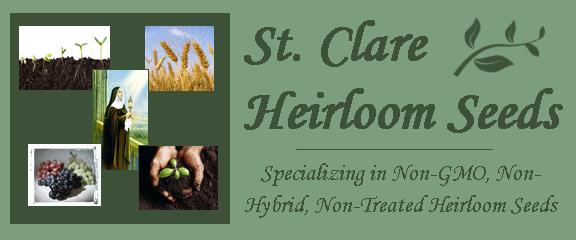
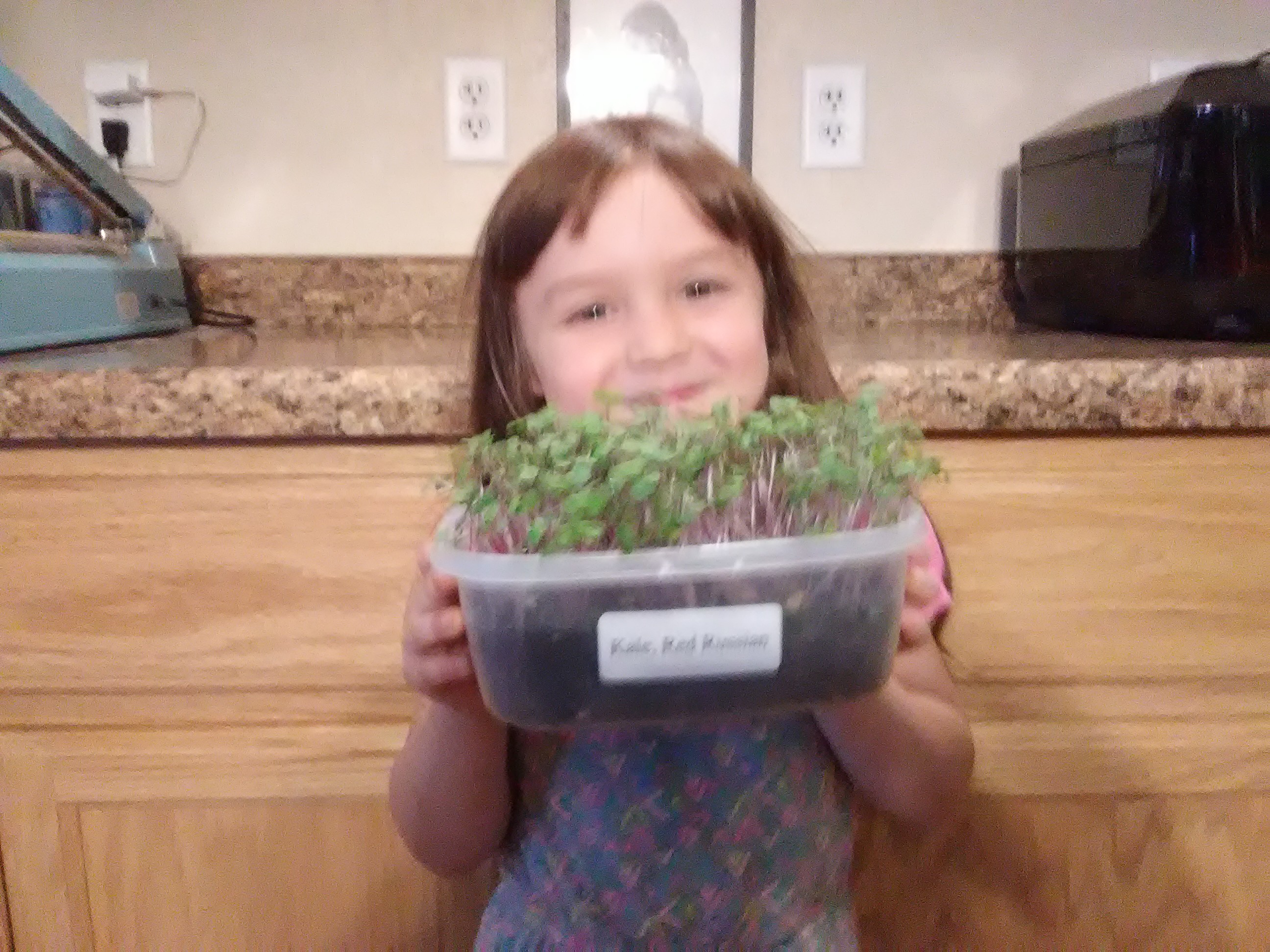
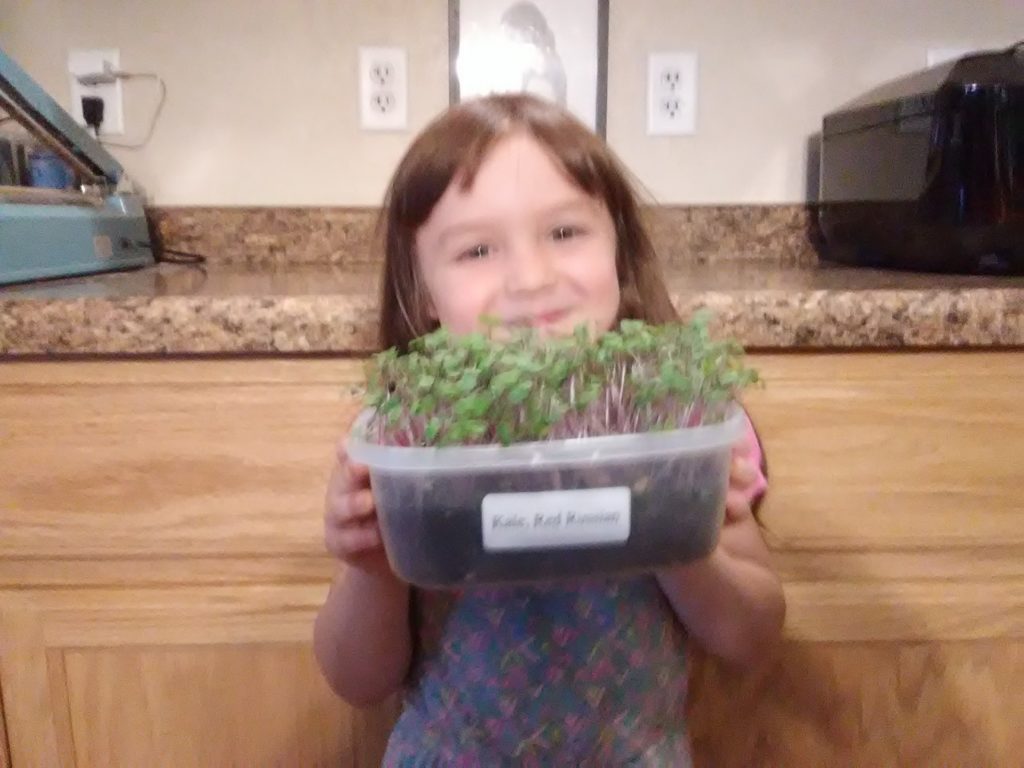
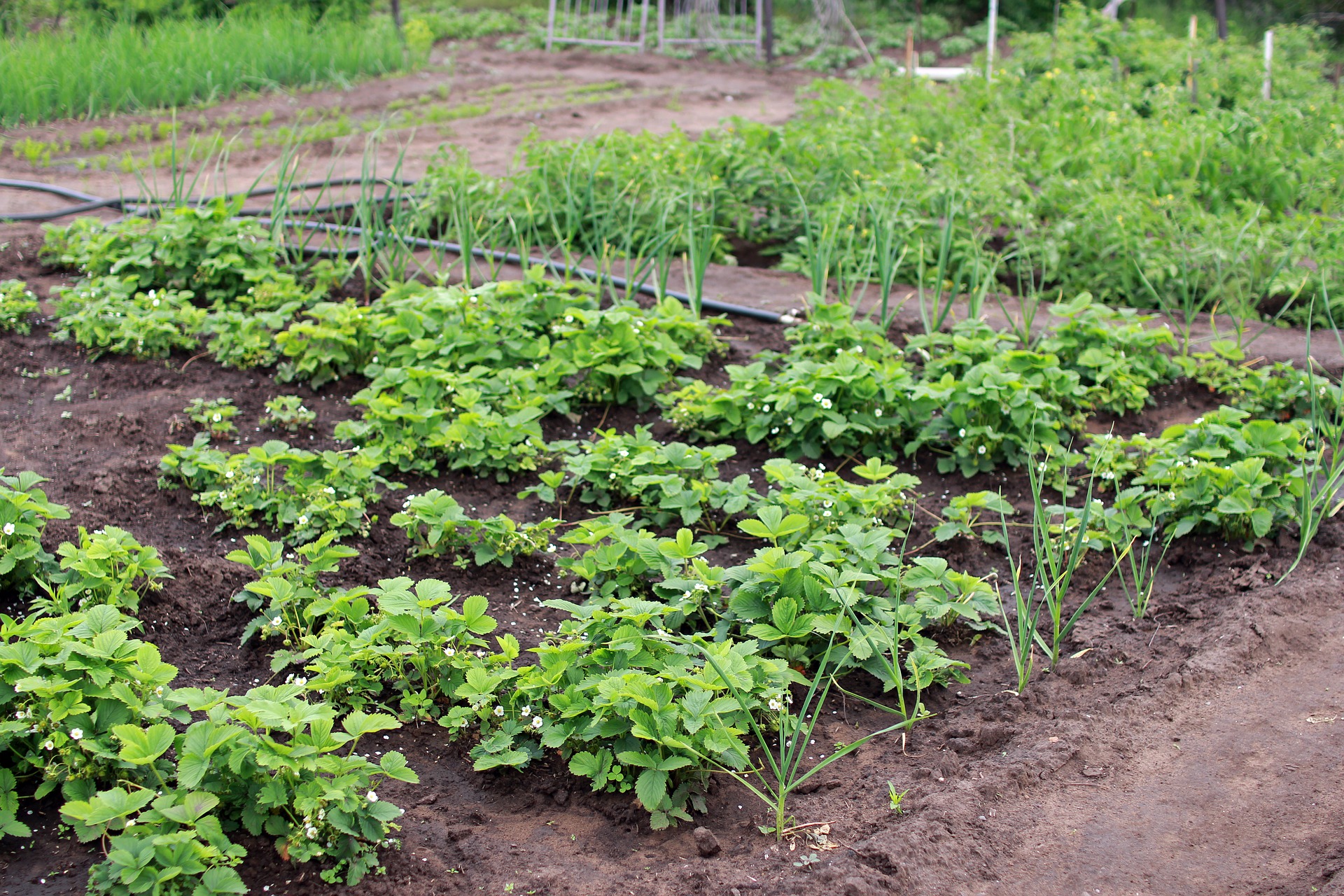
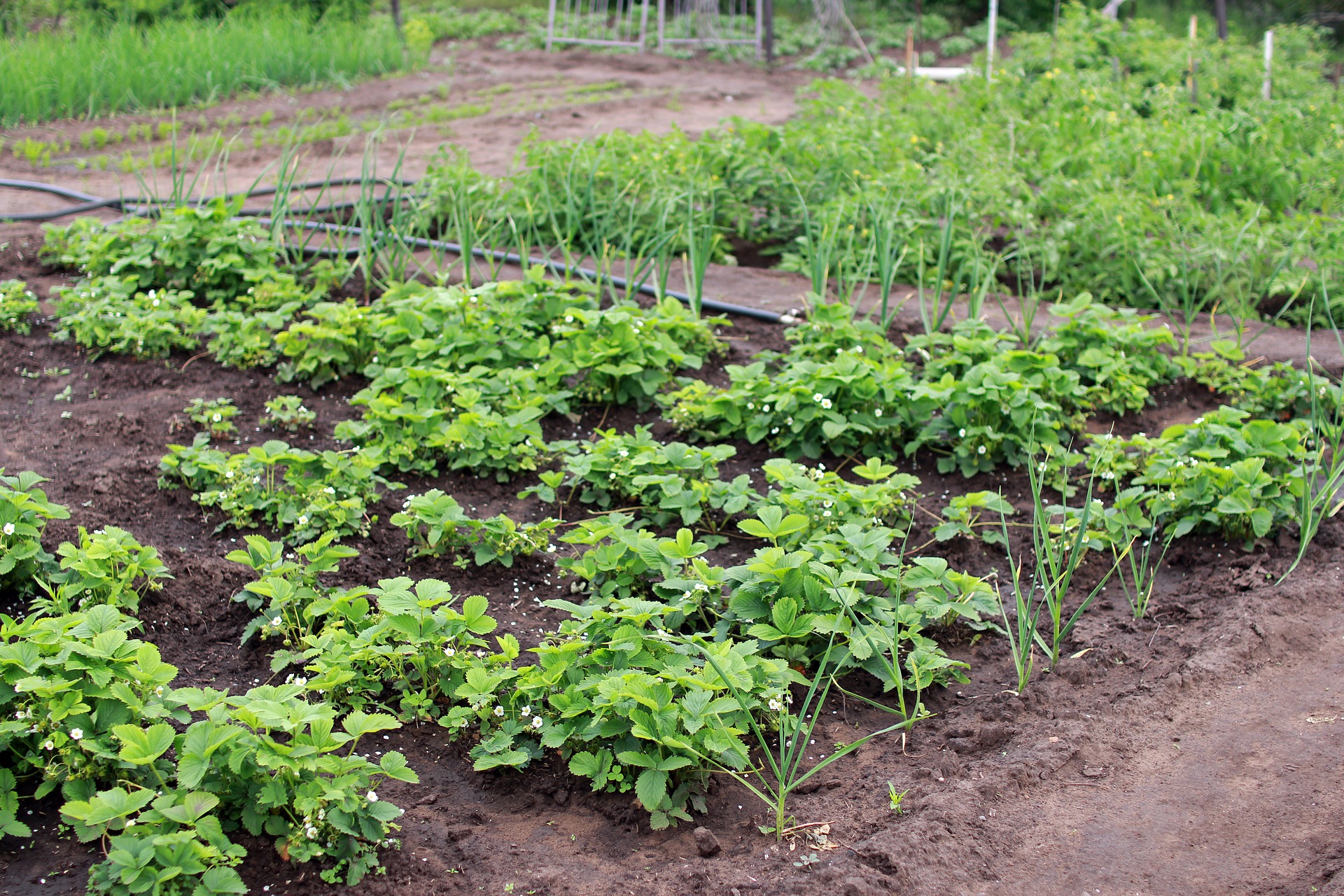
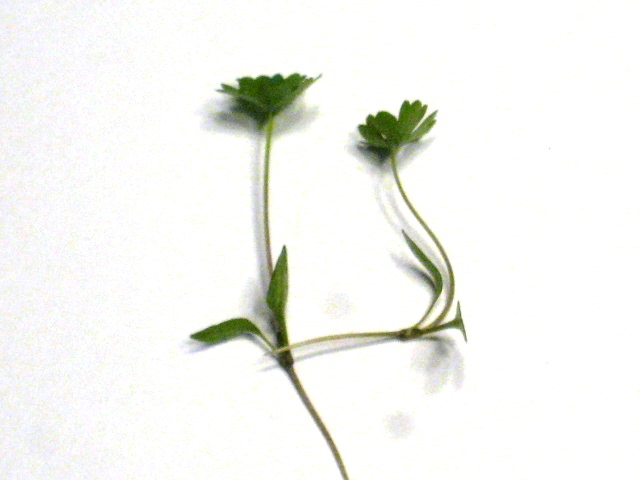
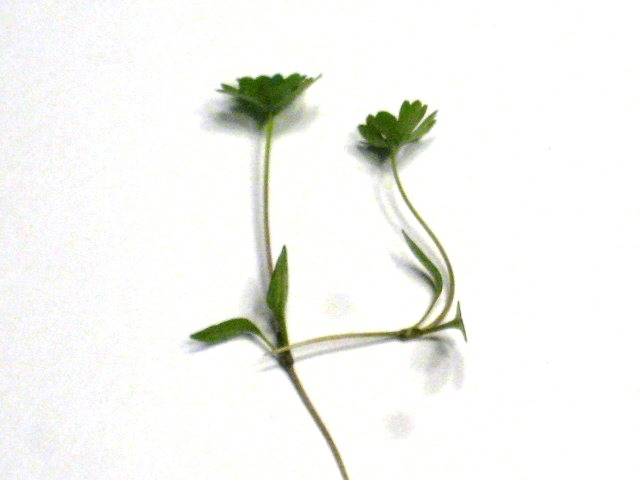


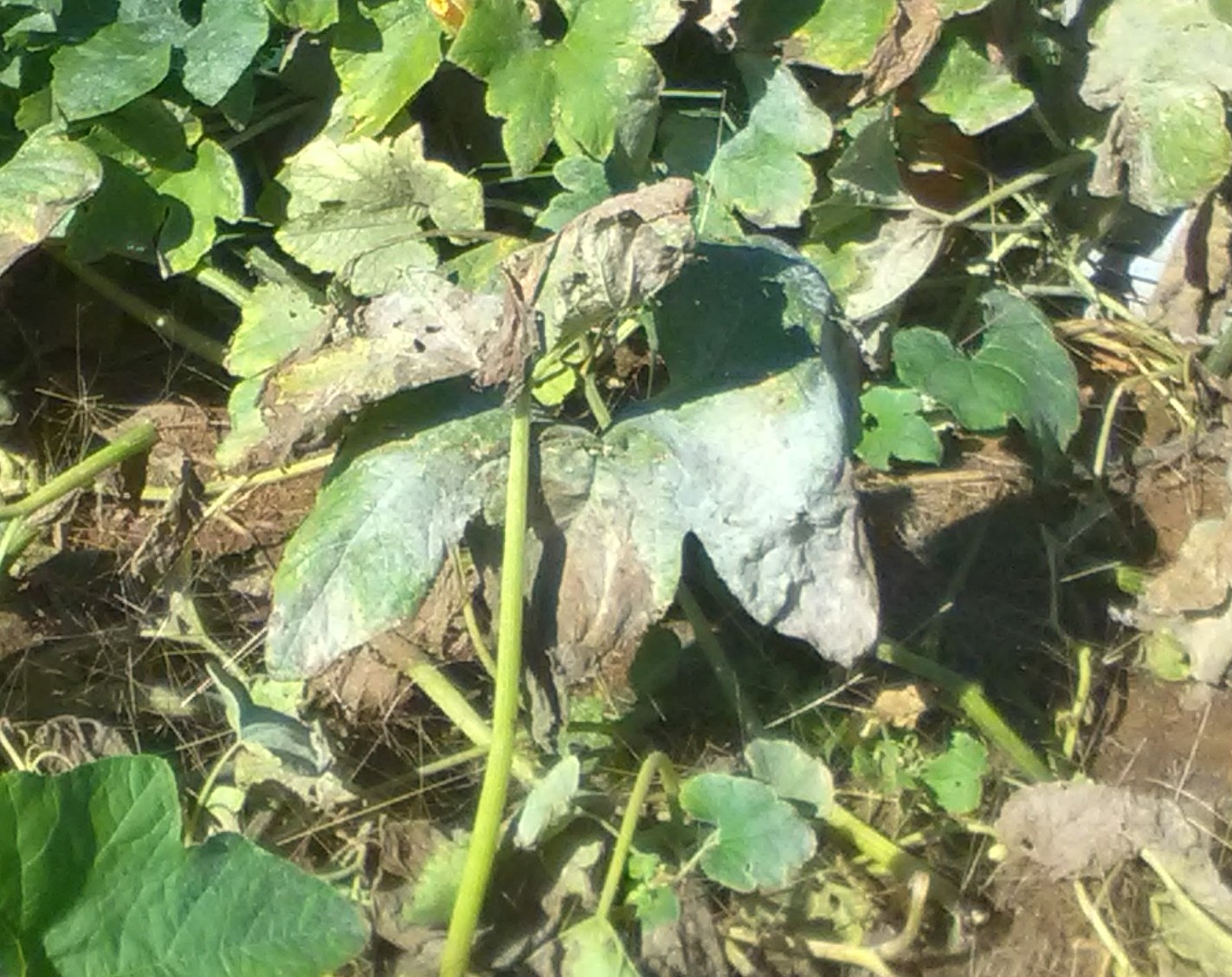
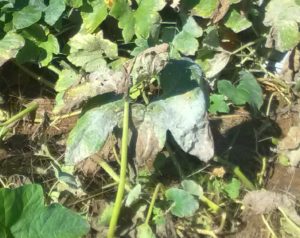 Keep diseases at bay: Some fungal diseases get a head start in our gardens because we plant when the soil is still too cool. Our plants are stressed, just trying to get a start in cooler than their ideal temperatures, putting more energy into just trying to survive, which makes them less able to fight of diseases, and before we know it, we’re dealing with sick plants. The easiest way to eliminate this problem is to allow the soil to warm and ensure that you’re not planting to early in the spring.
Keep diseases at bay: Some fungal diseases get a head start in our gardens because we plant when the soil is still too cool. Our plants are stressed, just trying to get a start in cooler than their ideal temperatures, putting more energy into just trying to survive, which makes them less able to fight of diseases, and before we know it, we’re dealing with sick plants. The easiest way to eliminate this problem is to allow the soil to warm and ensure that you’re not planting to early in the spring.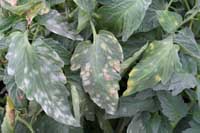
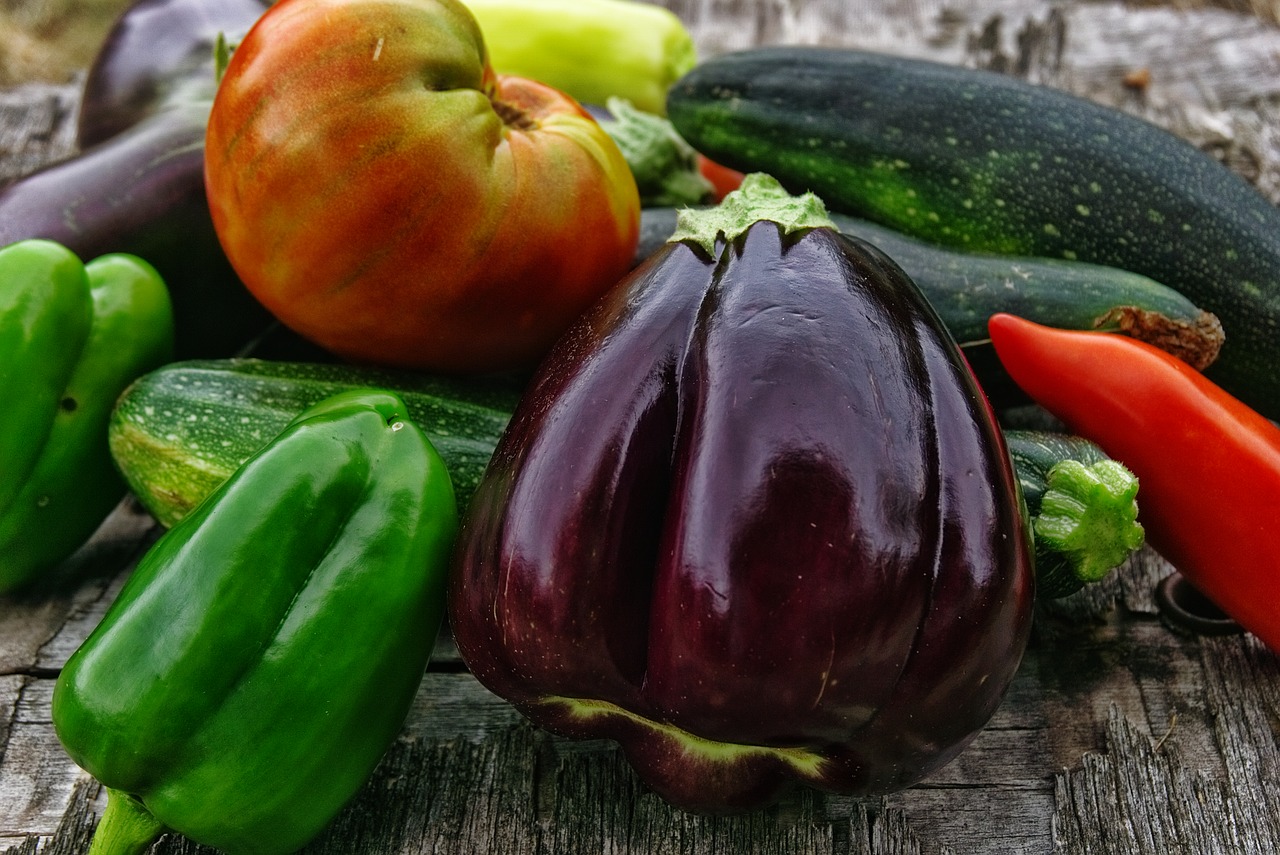
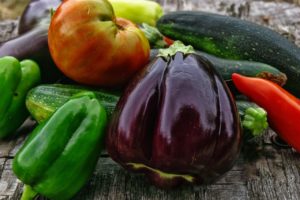
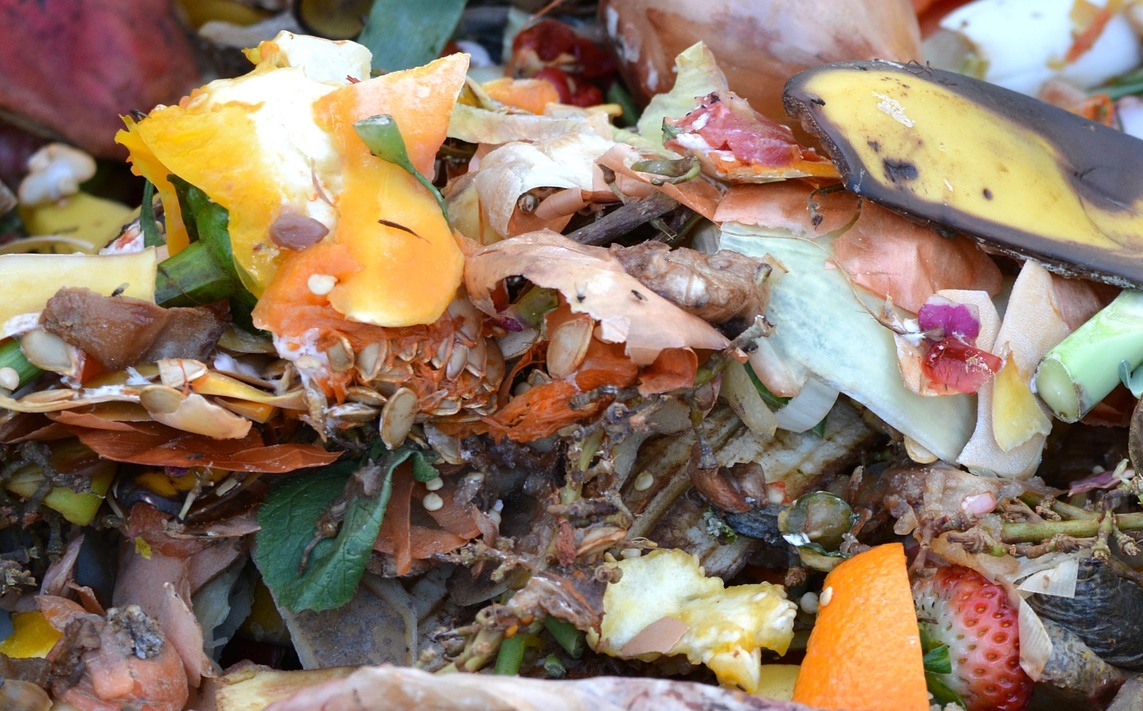
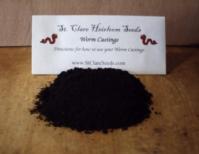
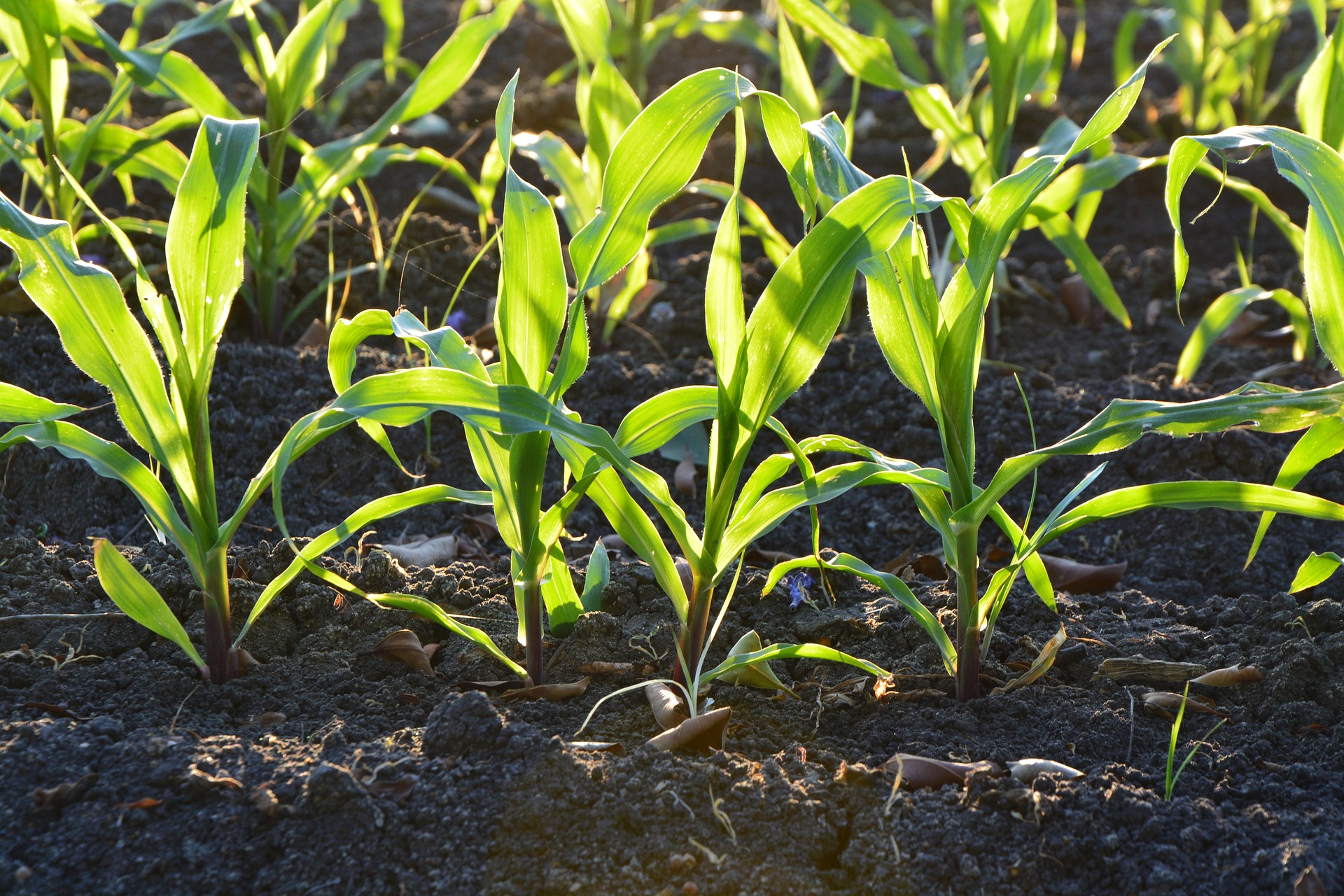
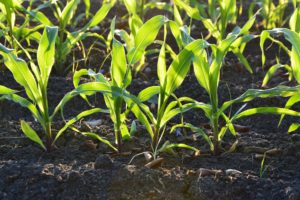 “Start at the very beginning, a very good place to start”
“Start at the very beginning, a very good place to start”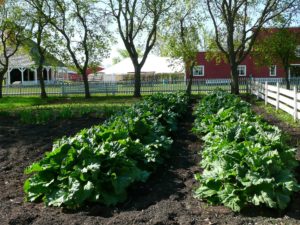 Control weeds!
Control weeds!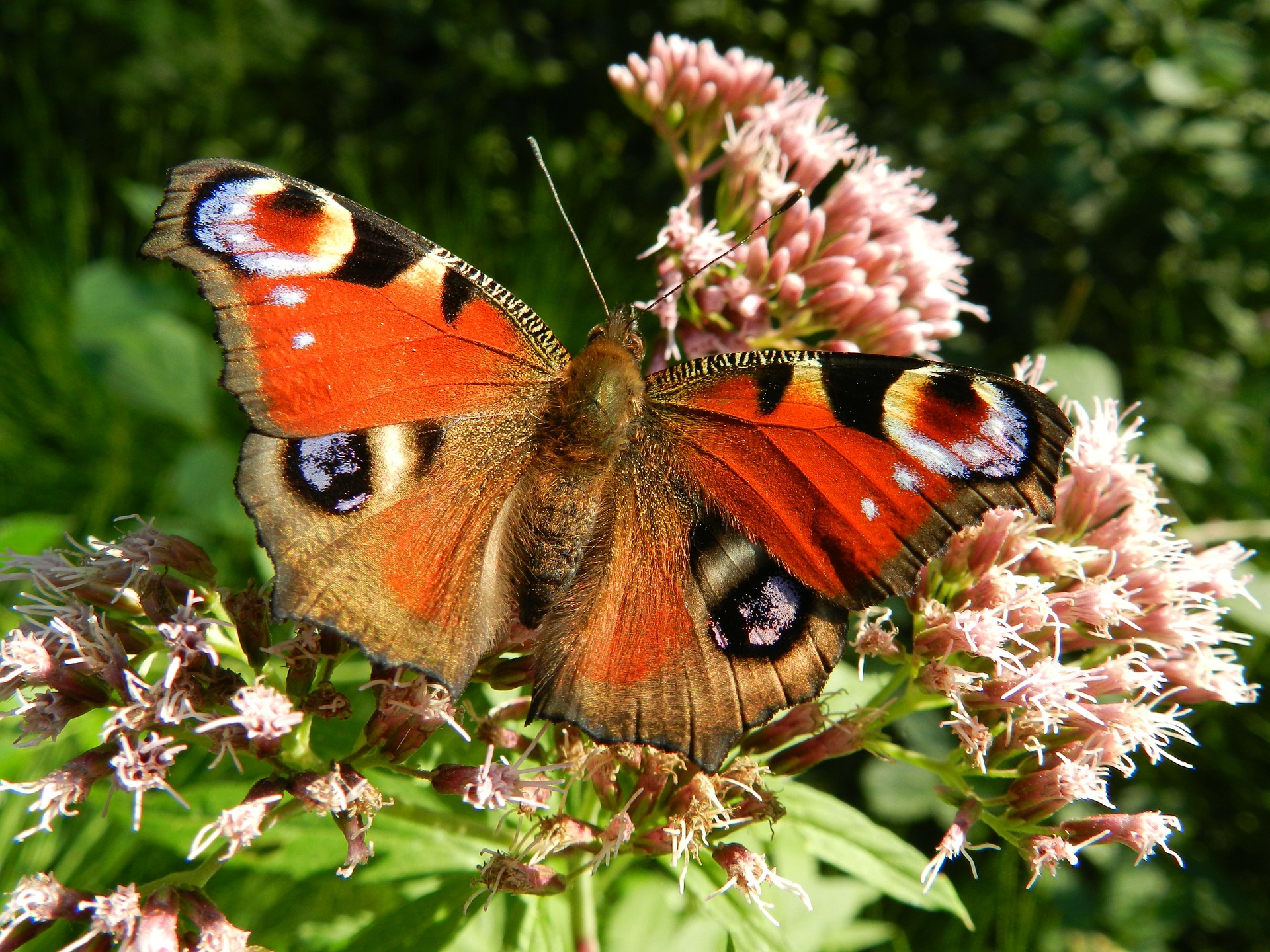
 share your harvest with the bugs, but you will probably have less than pristine looking plants and produce. Since in organic gardening you are trying to garden in cooperation with nature, sometimes you have to accept the occasional pest in the garden, not taking the typical line of attack that has been popular in recent generations of grabbing the nearest pesticide. Your first line of defense should be vigilance. Inspect your plants regularly for signs of a problem and take organic methods of action quickly. Keep in mind, though, not every insect is a foe and that action doesn’t necessarily mean pesticide. Just picking bugs and eggs off plants and putting them in a bucket of soapy water is frequently a first step for organic gardeners. Learn which are the beneficial insects and keep them around, they will help do your work for you, getting rid of pests.
share your harvest with the bugs, but you will probably have less than pristine looking plants and produce. Since in organic gardening you are trying to garden in cooperation with nature, sometimes you have to accept the occasional pest in the garden, not taking the typical line of attack that has been popular in recent generations of grabbing the nearest pesticide. Your first line of defense should be vigilance. Inspect your plants regularly for signs of a problem and take organic methods of action quickly. Keep in mind, though, not every insect is a foe and that action doesn’t necessarily mean pesticide. Just picking bugs and eggs off plants and putting them in a bucket of soapy water is frequently a first step for organic gardeners. Learn which are the beneficial insects and keep them around, they will help do your work for you, getting rid of pests.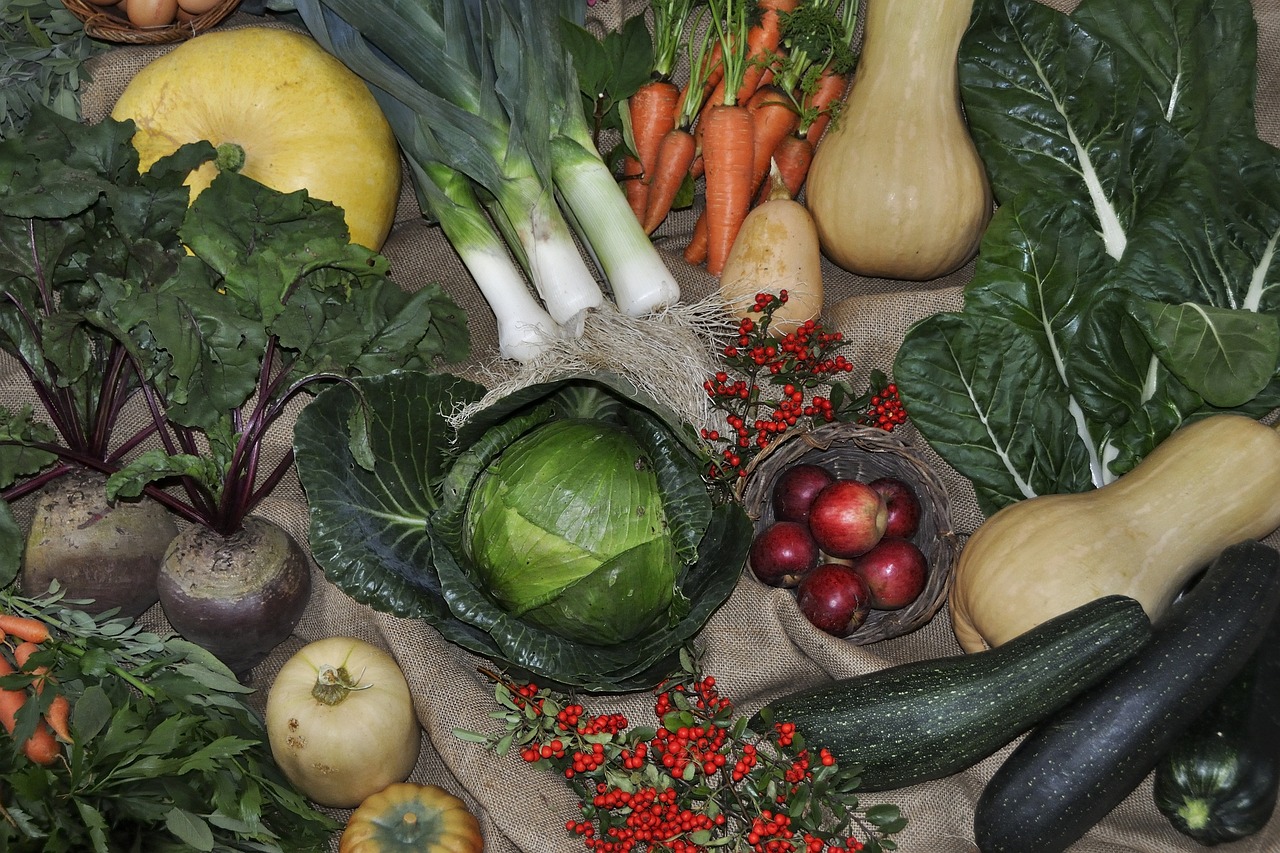
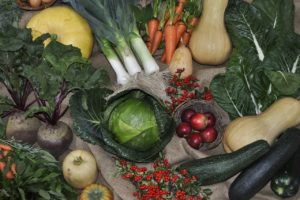

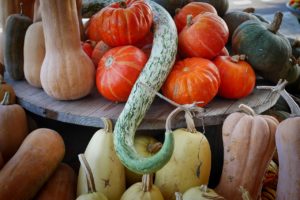
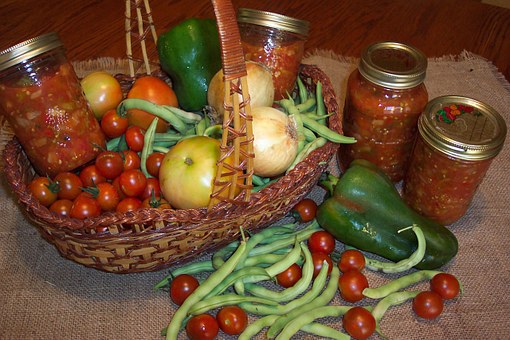

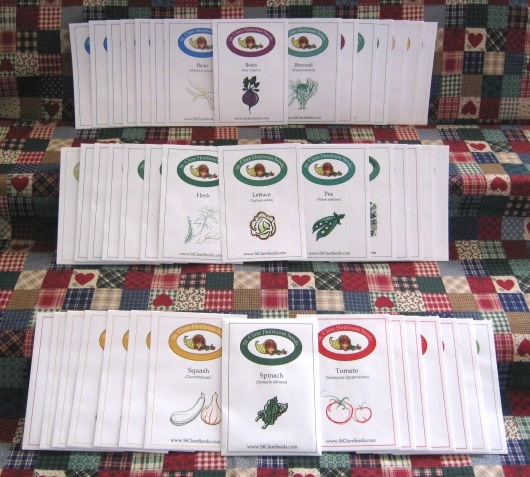
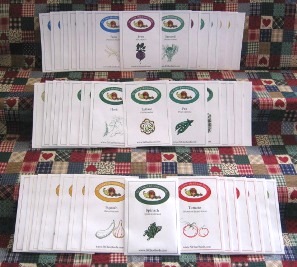
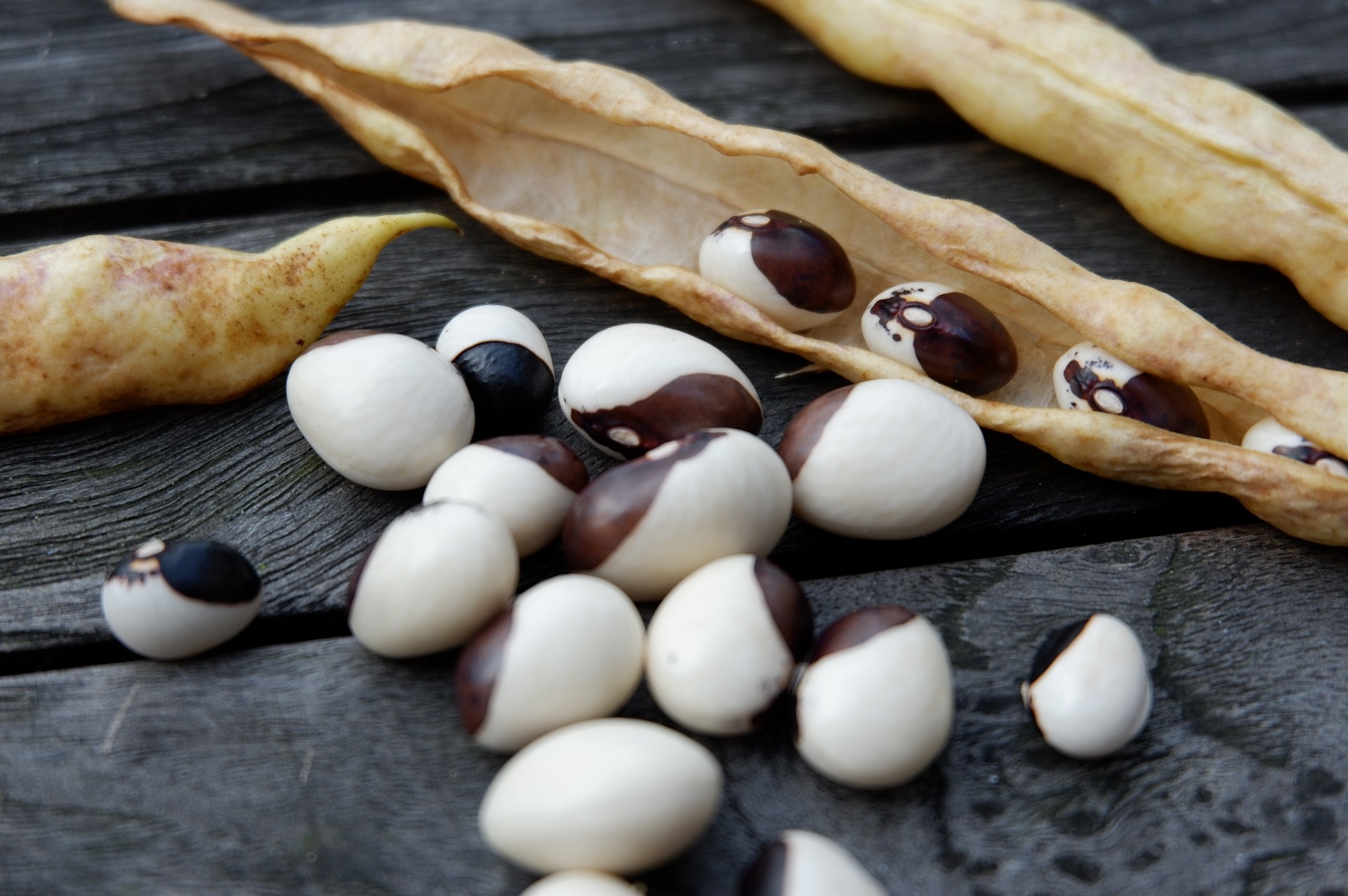

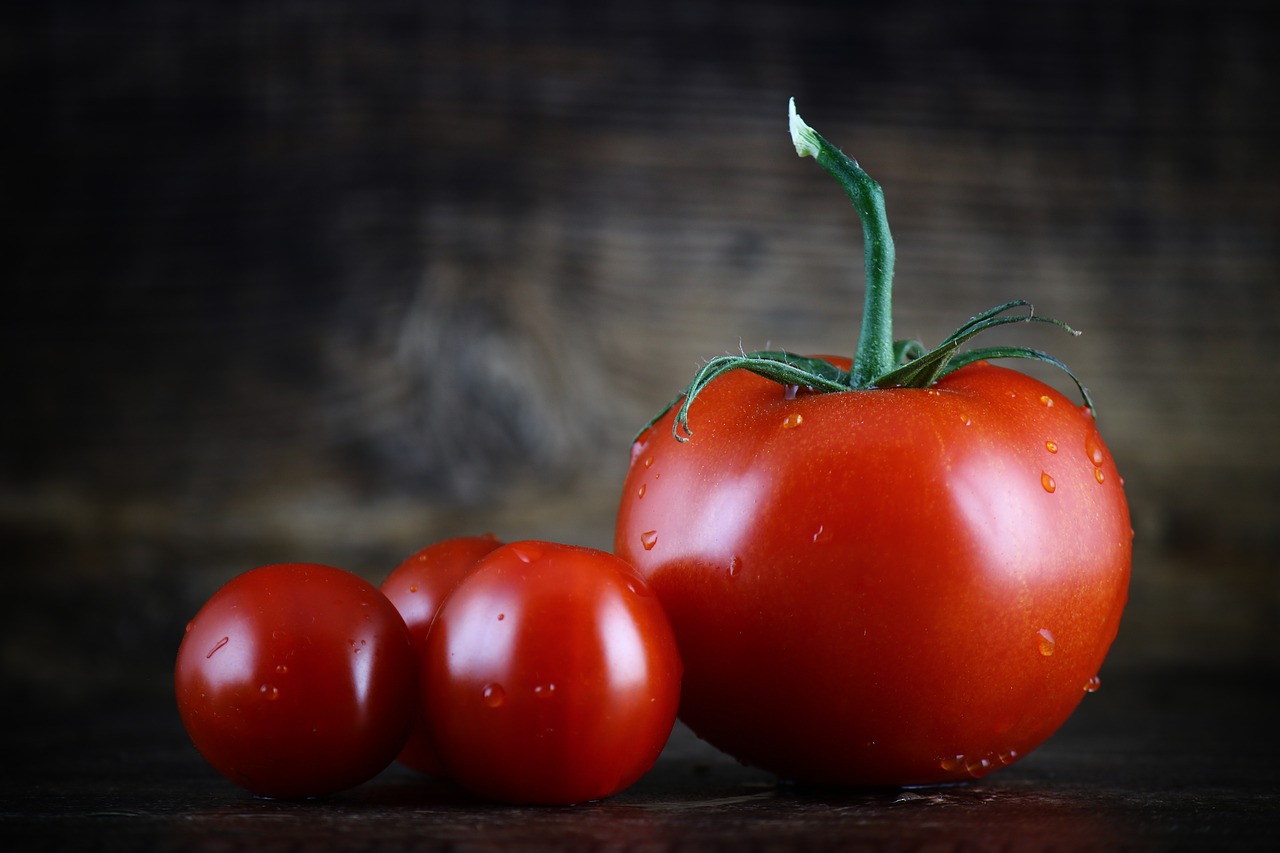
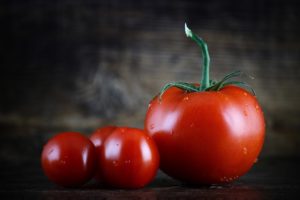
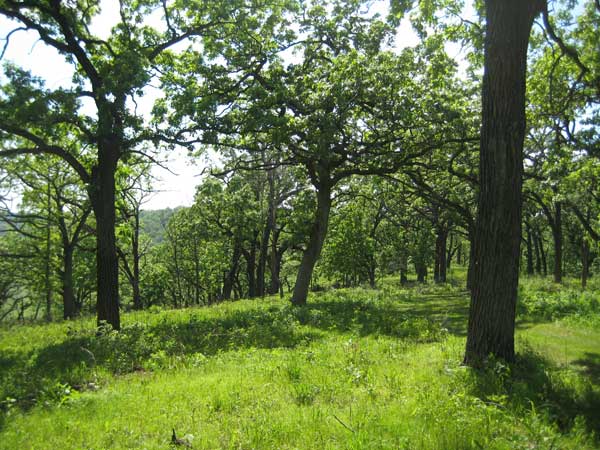
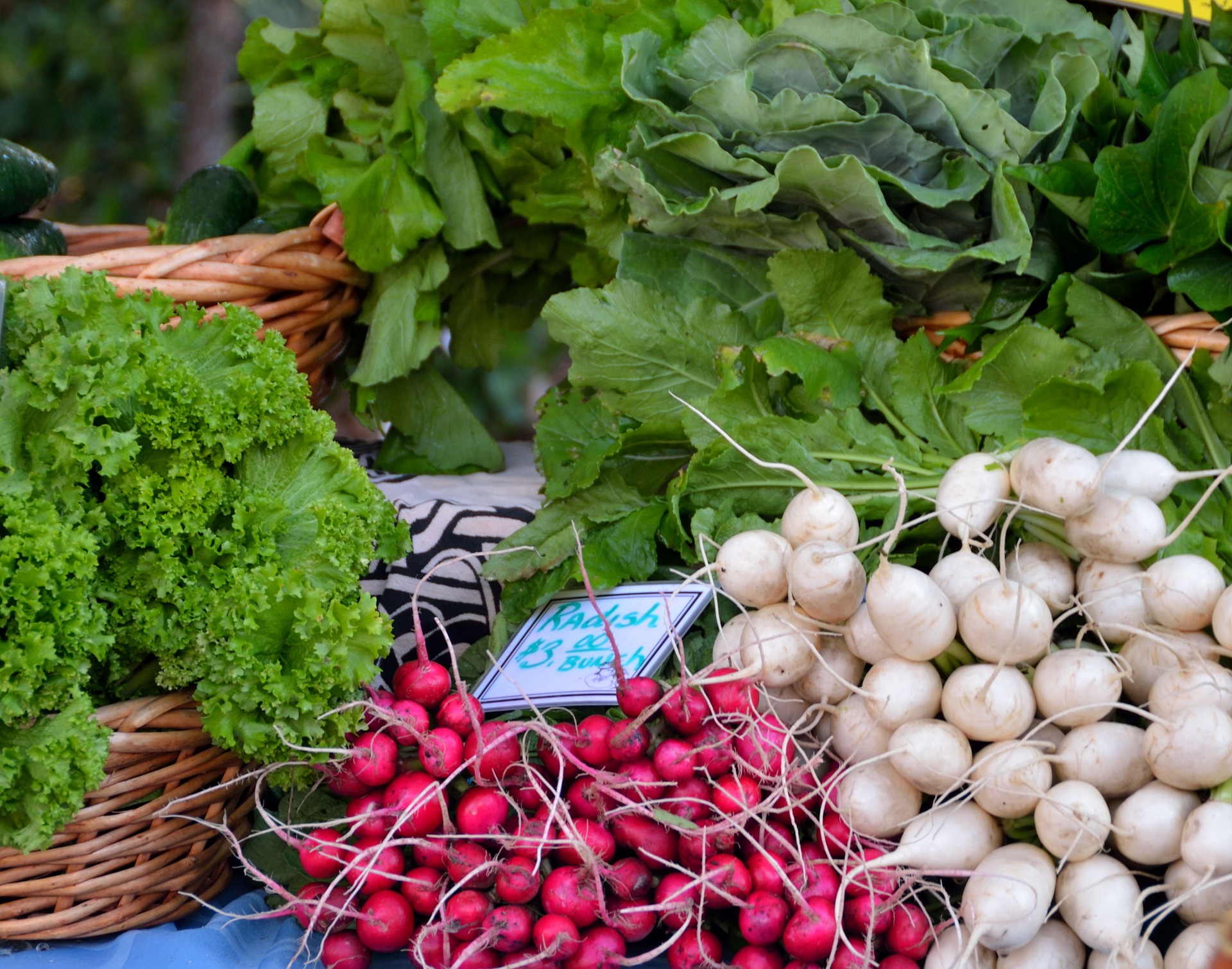

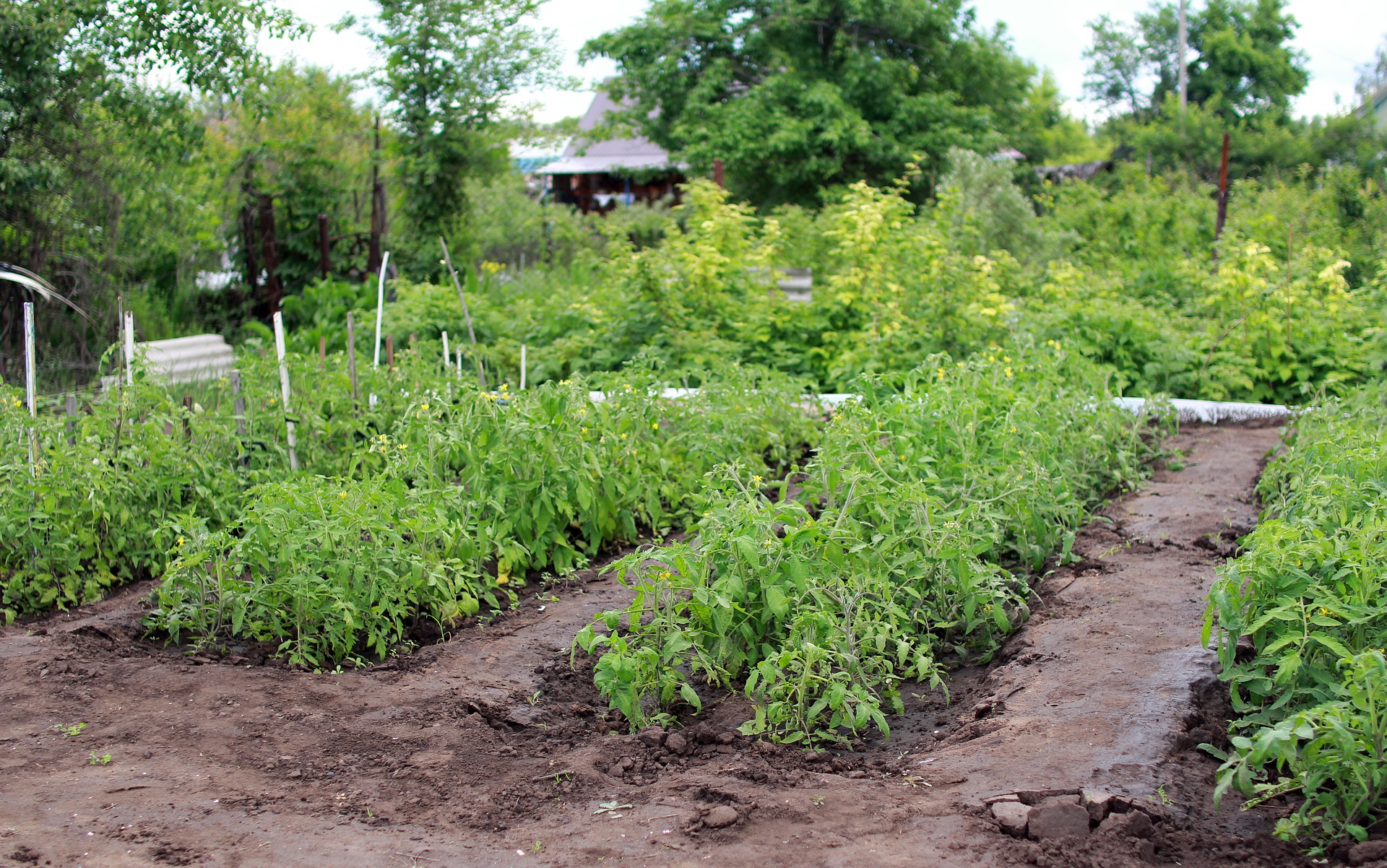
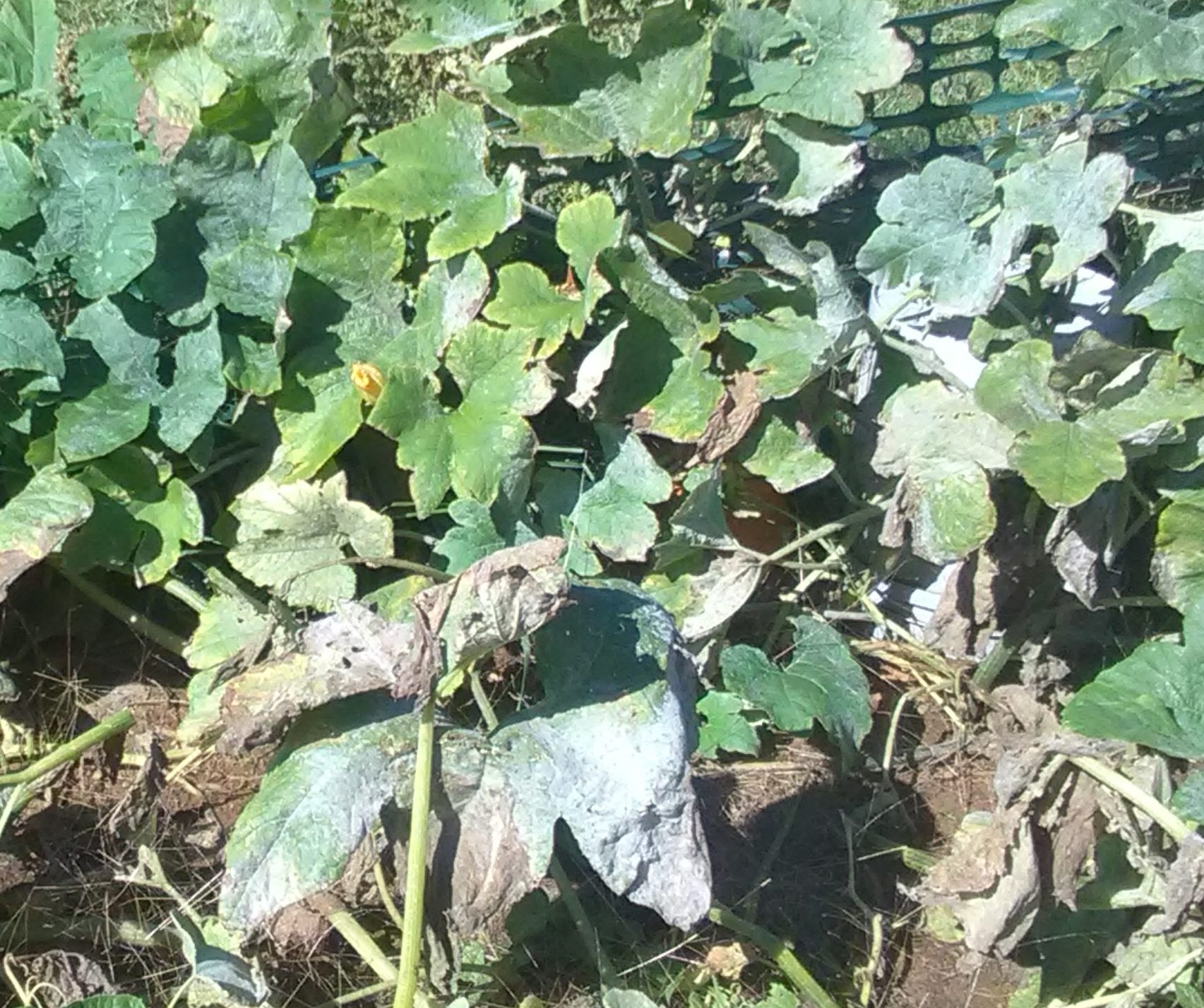
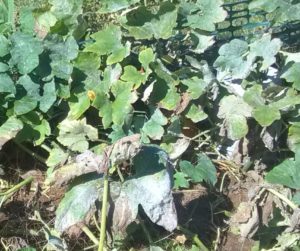 The successful management of both soil borne and foliar diseases requires a multifaceted program, taking into consideration variety selection, cultural methods, biological’s, and chemical applications approved by the Organic Materials Review Institute (OMRI) and certified organic under the United States Department of Agriculture (USDA) National Organic Program (NOP). This review emphasizes the management of foliar disease and serves as a guide to assist growers in selecting strategies to manage disease in a sustainable system.
The successful management of both soil borne and foliar diseases requires a multifaceted program, taking into consideration variety selection, cultural methods, biological’s, and chemical applications approved by the Organic Materials Review Institute (OMRI) and certified organic under the United States Department of Agriculture (USDA) National Organic Program (NOP). This review emphasizes the management of foliar disease and serves as a guide to assist growers in selecting strategies to manage disease in a sustainable system.
 Open Pollinated / Heirloom
Open Pollinated / Heirloom 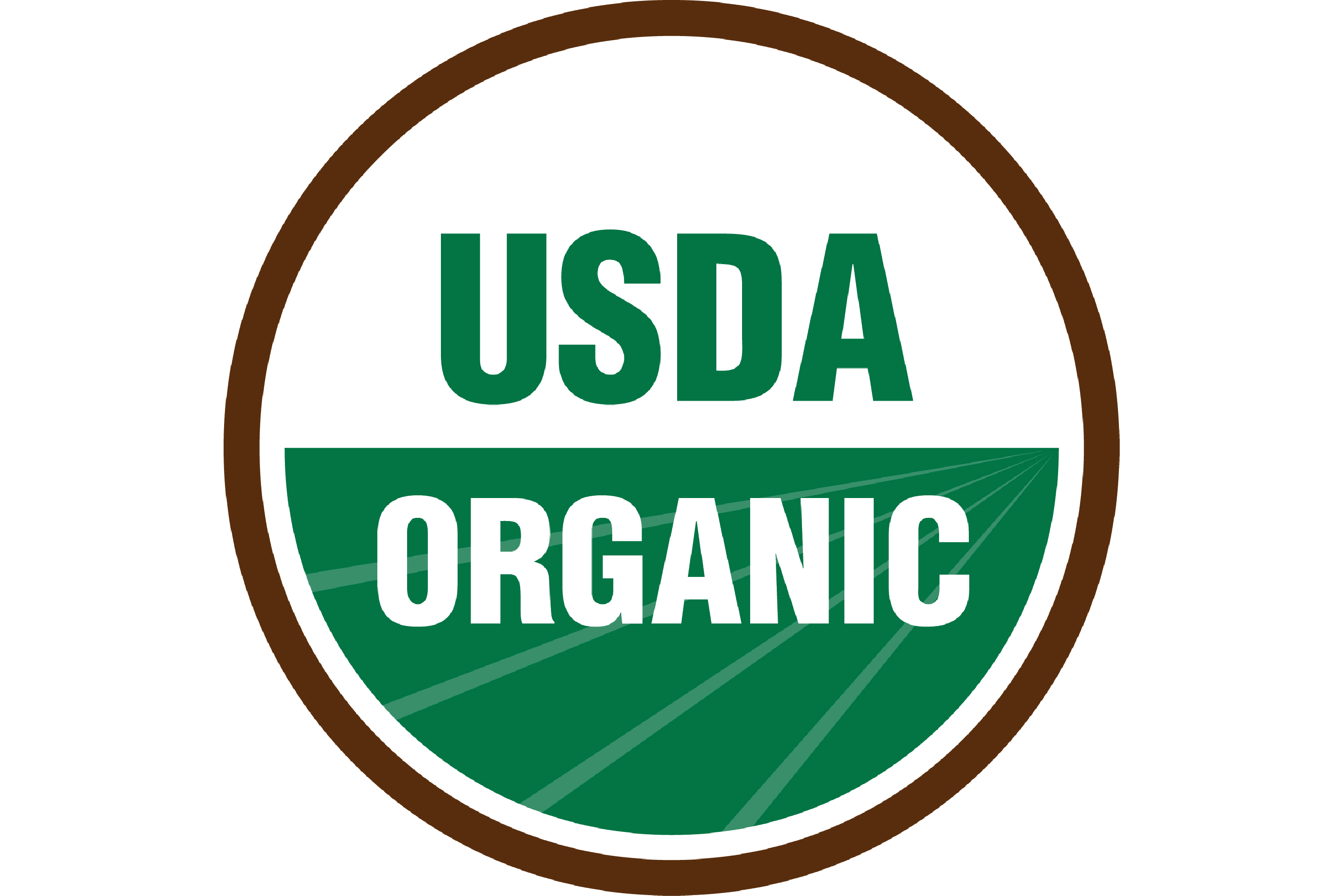
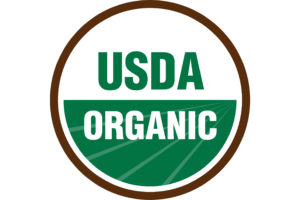
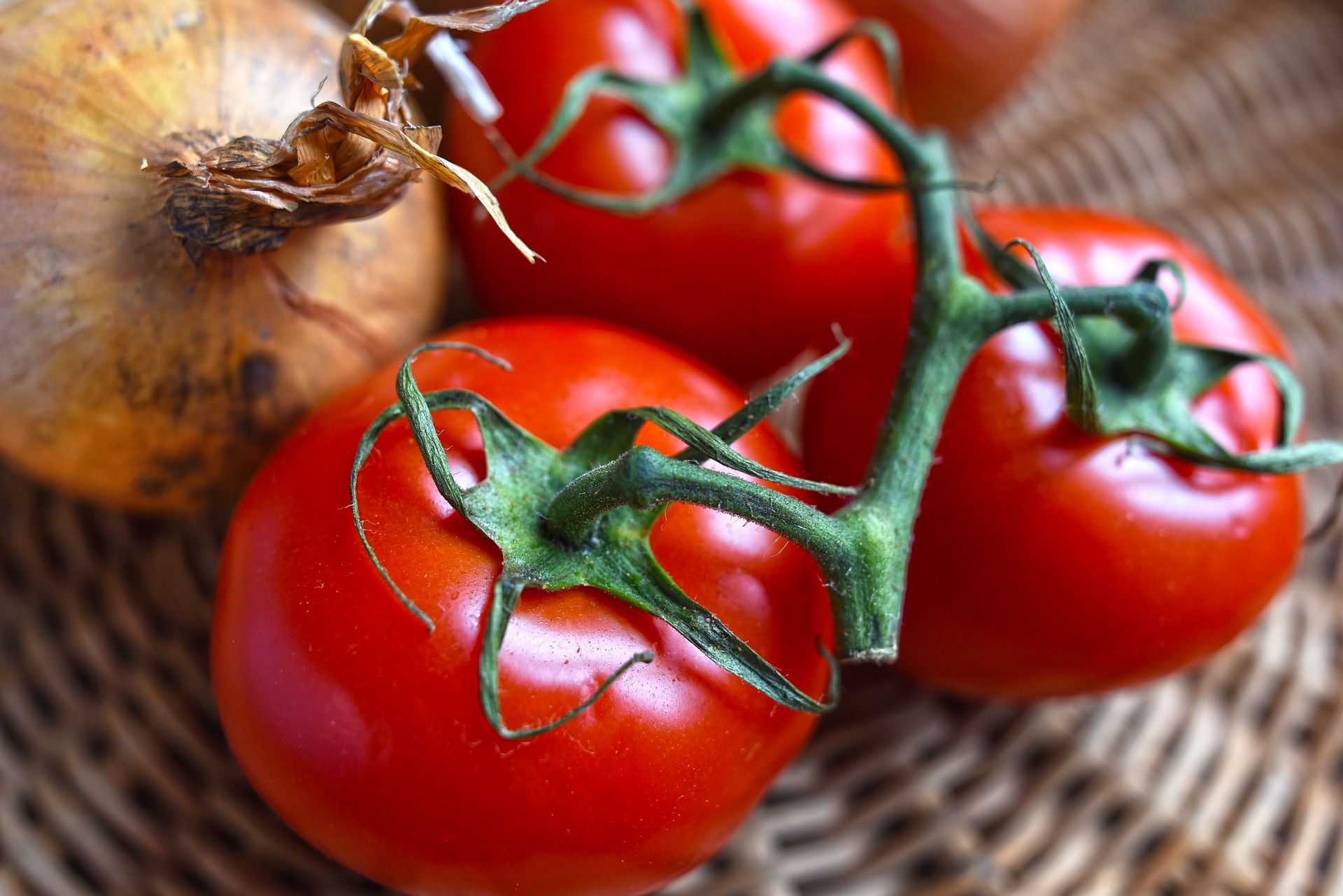
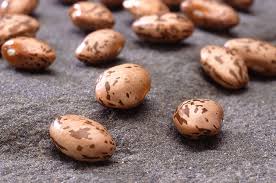
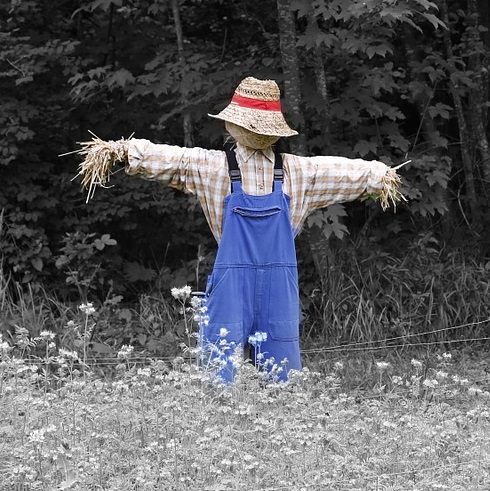

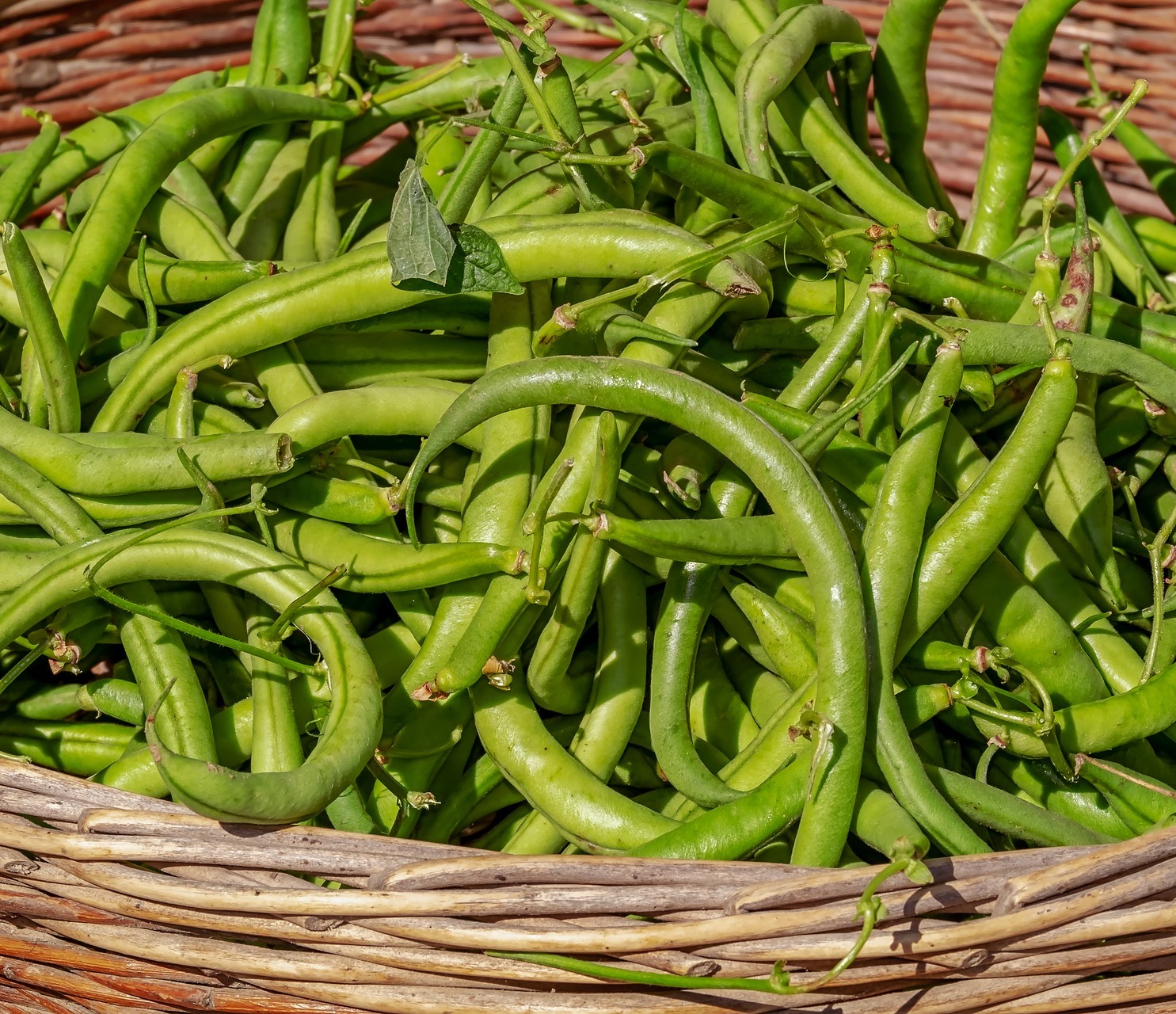











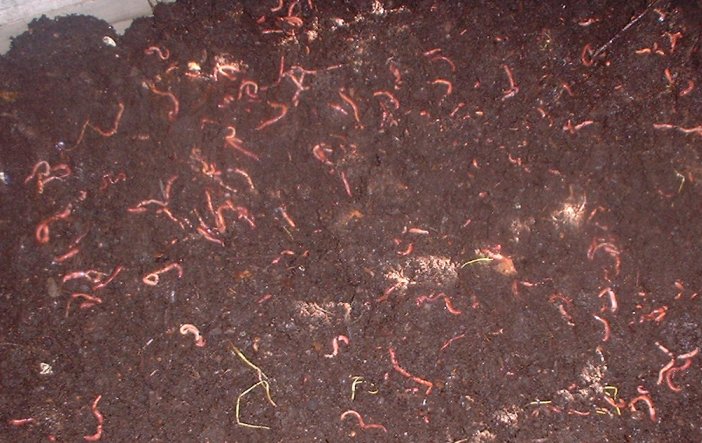

 Selecting a Garden Site for your
Selecting a Garden Site for your